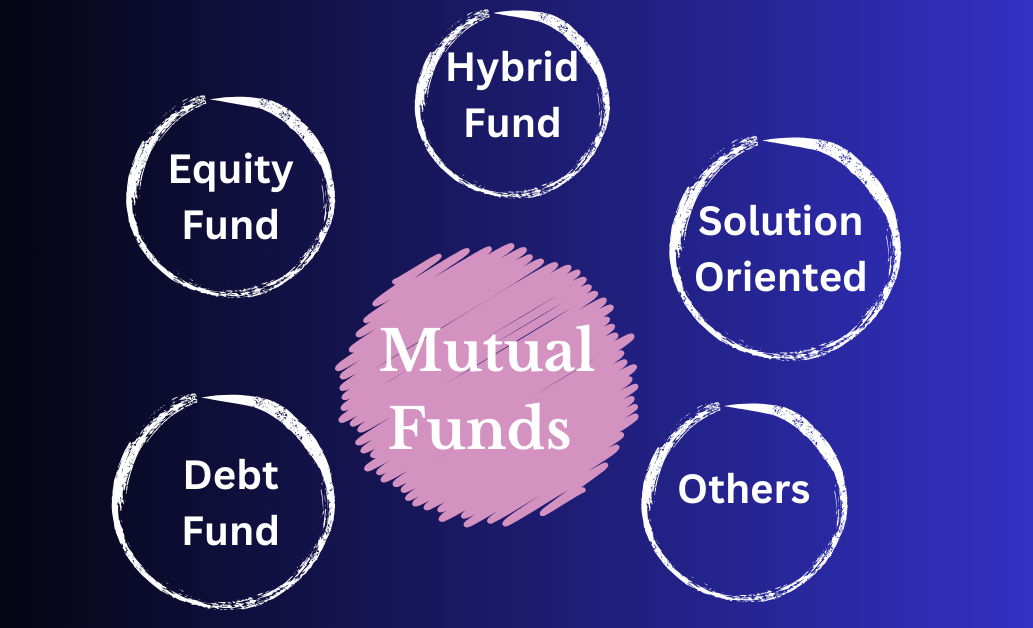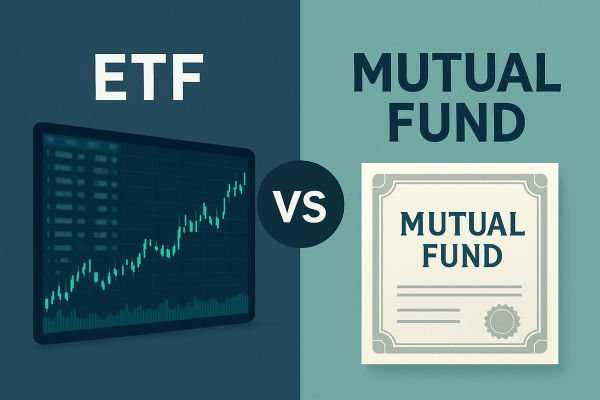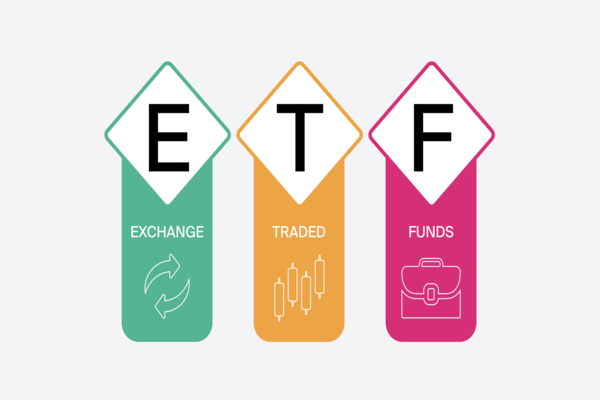Mutual funds are a cornerstone of modern investing, offering diversification, professional management, and accessibility to investors of all levels.
With plenty of options available, understanding the different types of mutual funds is crucial to building a portfolio that aligns with your financial goals, risk tolerance, and investment horizon.
This comprehensive guide explores various mutual fund categories to help you make informed decisions about boosting your portfolio.
What Are Mutual Funds?

A mutual fund pools money from multiple investors to purchase a diversified portfolio of securities, such as stocks, bonds, or other assets.
Managed by professional fund managers, mutual funds aim to achieve specific investment objectives, offering investors exposure to a broad range of assets without the need to select individual securities.
Which Types of Mutual Funds Are Right for You?

1. Equity Funds
Overview: Equity funds, often called stock funds, primarily invest in company shares to achieve long-term capital appreciation.
Subcategories:
Growth Funds: Focus on companies expected to grow at an above-average rate.
Value Funds: Invest in undervalued companies with strong fundamentals.
Large-Cap, Mid-Cap, Small-Cap Funds: Categorised based on the market capitalisation of the companies they invest in.
Suitability: Ideal for investors seeking long-term growth and willing to accept market volatility.
2. Fixed-Income Funds
Overview: Fixed-income funds invest in debt securities, such as government and corporate bonds, to provide regular income with lower risk than equity funds.
Subcategories:
Government Bond Funds: Invest in securities issued by governments.
Corporate Bond Funds: Focus on bonds issued by corporations.
Municipal Bond Funds: Invest in municipal bonds, often offering tax advantages.
Suitability: Suitable for conservative investors seeking steady income and capital preservation.
3. Money Market Funds
Overview: Money market funds invest in short-term, high-quality debt instruments like Treasury bills and certificates of deposit. They aim to offer liquidity and capital preservation.
Suitability: Ideal for investors looking for a low-risk place to park cash or as a temporary holding during market volatility.
4. Balanced Funds
Overview: Balanced funds, also known as hybrid funds, invest in a mix of equities and fixed-income securities, aiming to provide a balance between growth and income.
Suitability: Suitable for investors seeking a diversified portfolio with moderate risk and return potential.
5. index funds
Overview: Index funds aim to replicate the performance of a specific market index, such as the S&P 500, by holding the same securities in the same proportions.
Advantages:
Suitability: Ideal for investors seeking a cost-effective, long-term investment strategy.
6. Target-Date Funds
Overview: Target-date funds automatically adjust their asset allocation over time, becoming more conservative as the target retirement date approaches.
Suitability: Designed for retirement planning, these funds are suitable for investors who prefer a hands-off approach to asset allocation.
7. Sector Funds
Overview: Sector funds focus on specific industries or sectors, such as technology, healthcare, or energy.
Suitability: Suitable for investors who want to capitalise on the growth potential of specific sectors but come with higher risk due to lack of diversification.
8. International and Global Funds
Overview:
Suitability: Ideal for investors seeking diversification beyond domestic markets and exposure to global economic growth.
9. Asset Allocation Funds
Overview: Asset allocation funds dynamically adjust the mix of asset classes—stocks, bonds, and cash—based on market conditions and investment objectives.
Suitability: Suitable for investors seeking a diversified portfolio managed according to market trends and risk tolerance.
10. Alternative Funds
Overview: Alternative funds invest in non-traditional assets such as real estate and commodities, and may employ strategies like short selling.
Suitability: Designed for sophisticated investors looking to diversify beyond traditional asset classes, often with higher risk and complexity.
11. Fund of Funds
Overview: A fund of funds invests in a portfolio of other mutual funds, offering diversification across various fund categories.
Suitability: Ideal for investors seeking a simplified approach to diversification, though they may come with higher fees due to layered expenses.
12. Actively Managed vs. Passively Managed Funds
Overview:
Considerations:
Cost: Actively managed funds typically have higher fees.
Performance: Passive funds often match market returns, while active funds aim to beat them but may underperform.
Choosing the Right Mutual Fund for Your Portfolio
When selecting mutual funds, consider the following:
Investment Goals: Determine your focus is on growth, income, or capital preservation.
Risk Tolerance: Assess your comfort with market volatility.
Time Horizon: Align fund choices with your investment timeline.
Costs: Evaluate expense ratios and other fees.
Diversification: Ensure your portfolio is well-diversified across asset classes and sectors.
Conclusion
Understanding the various types of mutual funds empowers you to build a portfolio tailored to your financial objectives and risk profile. Whether you're a conservative investor seeking income or an aggressive investor aiming for growth, there's a mutual fund category suited to your needs.
Always consult a financial advisor to align your investment choices with your long-term goals.
Disclaimer: This material is for general information purposes only and is not intended as (and should not be considered to be) financial, investment or other advice on which reliance should be placed. No opinion given in the material constitutes a recommendation by EBC or the author that any particular investment, security, transaction or investment strategy is suitable for any specific person.




























